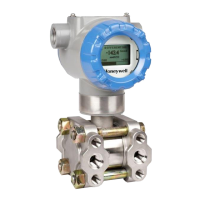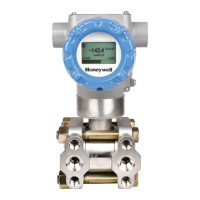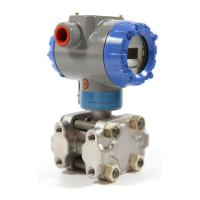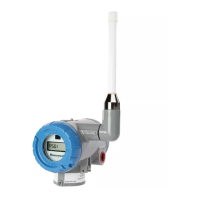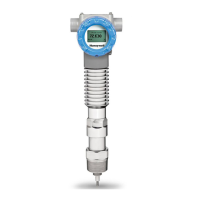B.1 North American Classification of Hazardous
Locations,
Continued
Entity Concept
Under entity requirements, the concept allows interconnection of
intrinsically safe apparatus to associated apparatus, not specifically
examined in such combination. The criteria for interconnection is that the
voltage (Vmax ) and current (Imax ), which intrinsically safe apparatus
can receive and remain intrinsically safe, considering faults, must be
equal to or greater than the voltage (Voc or Vt ) and current (Isc or It )
levels which can be delivered by the associated apparatus, considering
faults and applicable factors. In addition, the maximum unprotected
capacitance (Ci ) and inductance (Li ) of the intrinsically safe apparatus,
including interconnecting wiring, must be less than or equal to the
capacitance (Ca ) and inductance (La ) which can be safely connected to
the associated apparatus. If these criteria are met, then the combination
may be connected and remain intrinsically safe. Both FMRC and CSA d
entity parameters are defined in Table B-1 and B-2.
Table B-1 Factory Mutual (FM) Approval
Code Description
1C
Explosionproof for Class I, Division 1, Groups A, B, C & D.
Dust-Ignitionproof for Class II, Division 1, Groups E, F & G.
Suitable for Class III, Division 1. Conduit seals required within
18” of enclosure, Group A only.
Intrinsically Safe for use in Class I, Division 1, Groups A, B, C
& D; Class II, Division 1, Groups E, F & G; Class III, Division 1,
T4 at 40°C, T3A at 93°C maximum ambient, when connected
in accordance with Honeywell drawing 51204241.
Nonincendive for use in Class I, Division 2, Groups A, B, C &
D; Suitable for Classes II & III, Division 2, Groups F & G, T4 at
93°C maximum ambient, hazardous locations. 42 Vdc max.
Environmental: Indoor and outdoor hazardous locations
(NEMA 4X).
Continued on next page
2/05 ST 3000 Release 300 Installation Guide
87
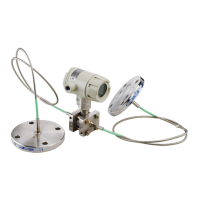
